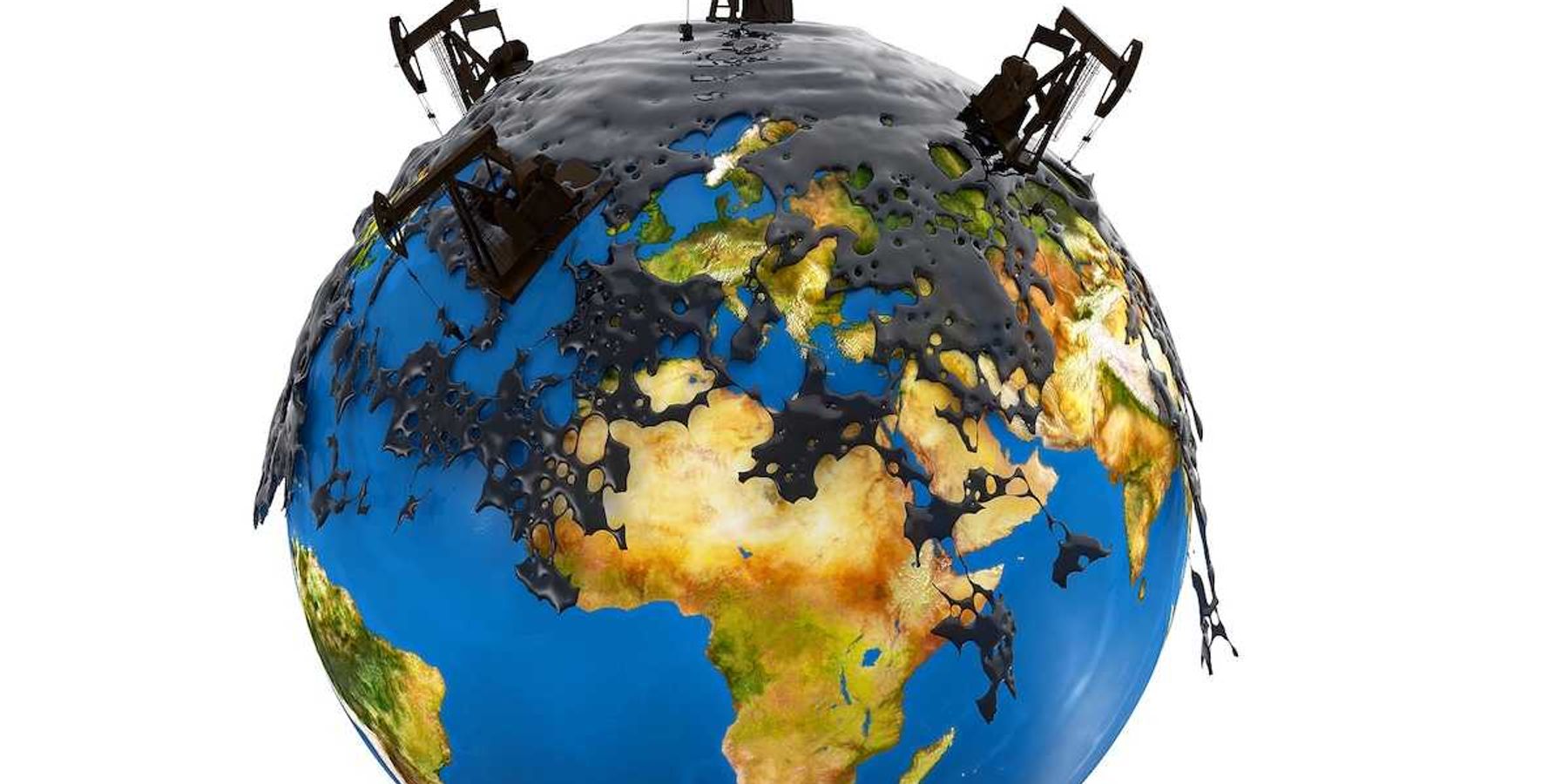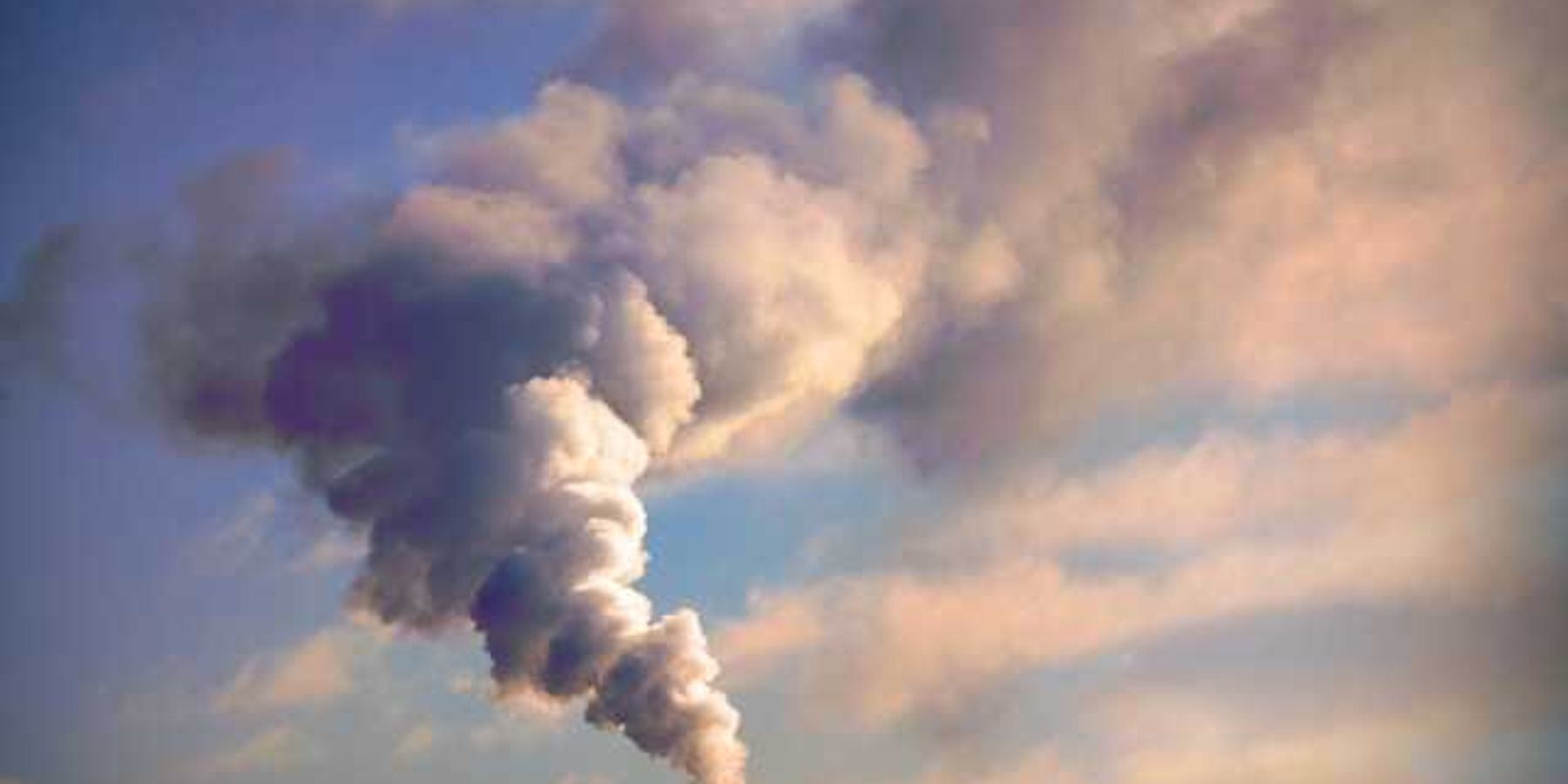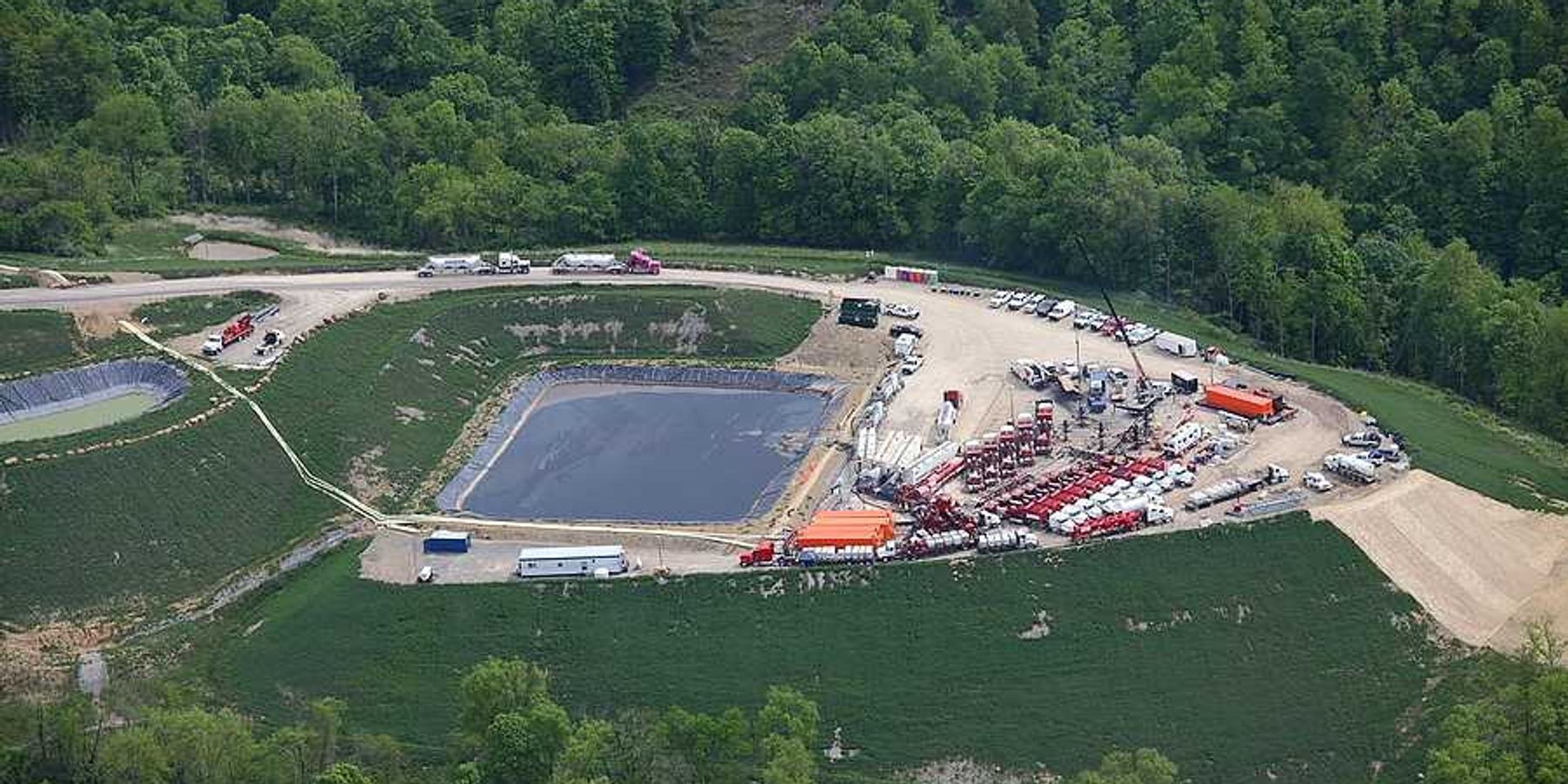Rising seas could displace millions, even with limited warming
Even if global warming is limited to 1.5C, accelerating sea level rise will likely force widespread inland migration across the globe.
Damian Carrington reports for The Guardian.
In short:
- Ice loss from Greenland and Antarctica has quadrupled since the 1990s, becoming the main driver of sea level rise.
- By 2050, just 20 cm of sea level rise could cost $1 trillion annually in damage to 136 major coastal cities.
- Scientists say a rise of one to two meters is now unavoidable, with the “safe limit” for adaptation likely already surpassed at 1C of warming.
Key quote:
“What we mean by safe limit is one which allows some level of adaptation, rather than catastrophic inland migration and forced migration, and the safe limit is roughly one cm a year of sea level rise.”
— Jonathan Bamber, professor at the University of Bristol
Why this matters:
Sea level rise is no longer a distant risk. It’s a relentless force reshaping coastlines and economies. As the planet warms, polar ice sheets are melting at alarming rates, swelling oceans and threatening coastal areas where billions of people live. The most vulnerable populations — those in low-lying developing nations like Bangladesh or small island states — will face the harshest consequences. But even wealthy countries with sophisticated defenses, like the Netherlands or parts of the U.S., are not immune to the long-term costs and upheaval. Sea level rise amplifies the impact of storms, floods infrastructure, contaminates drinking water, and erodes habitats. Crucially, these shifts won’t happen centuries from now—they’re accelerating within our lifetimes.
Related: Climate disasters challenge the myth of ‘safe’ havens













